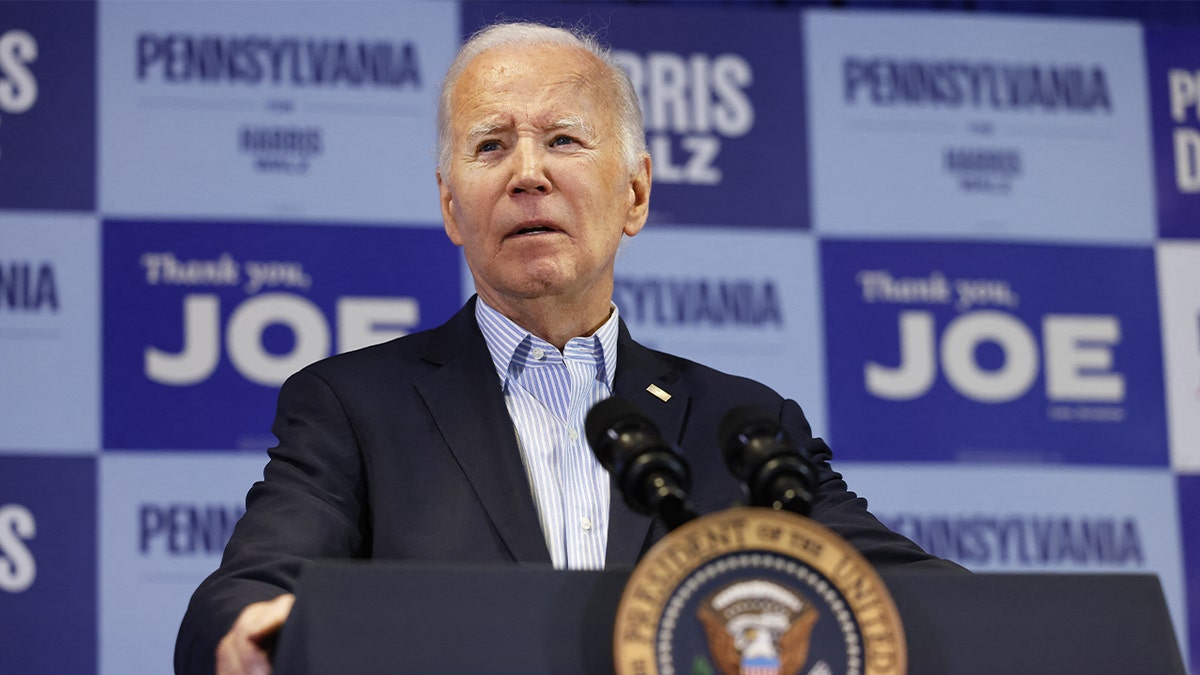Examining the Drivers Behind Rising Home Prices in the U.S.
As housing affordability continues to decline in the United States, a significant gap has emerged between rising home prices and stagnant wages. Over the past five years, the national median home price has surged by 20%, while wages have crept up by only 4%, creating a challenging situation for many American households.
Politically Charged Responses
In light of these economic pressures, political narratives have emerged, particularly from Democratic representatives, who often attribute the spike in home prices to external factors while neglecting their own policies’ impacts. For instance, Senator Jacky Rosen from Nevada has pointed fingers at former President Donald Trump’s tariff policies, suggesting that tariffs on Canadian lumber have significantly inflated home construction costs.
House prices increased significantly during the Biden presidency, while wage growth has struggled to keep pace. (iStock)
The Impact of Tariffs
Rosen’s claim, however, raises questions about its validity. Despite her criticisms, it’s notable that the current administration increased tariffs on Canadian lumber, with minimal internal dissent from Democratic ranks. An analysis by the National Association of Homebuilders indicates that while lumber is a component of construction costs, it represents only a small fraction—around 4% of the final sales price of a home. In contrast, tariffs may solely add a few hundred dollars to the overall cost.
Immigration and Housing Demand
Another narrative that has emerged focuses on immigration policies and their purported influence on housing supply and demand. A recent dialogue between JD Vance and podcast host Lulu Garcia-Navarro illuminated this issue, stressing that non-citizens make up a substantial portion of the labor force in construction. However, immigration also intensifies competition for limited housing resources, contributing further to price escalation.

Democratic leaders have sought to hold the previous administration accountable for increased housing prices, despite current policies contributing to the climate.
Blame Shift to Landlords and Pricing Algorithms
Further complicating the narrative, the Biden administration has pointed to landlords and pricing algorithms as contributors to housing unaffordability. Legal actions have been initiated against some of these algorithms, aiming to enhance housing affordability. However, this perspective overlooks the crucial fact that landlords face substantial financial losses from pricing their units too high.
Potential Solutions: A Call for Deregulation
As political finger-pointing continues, some Republicans are advocating for a different approach to tackle the housing affordability crisis. Under the leadership of newly confirmed Housing and Urban Development Secretary Scott Turner, there are intentions to reduce regulatory barriers that have hindered new housing construction. While state and local regulations play a significant role, addressing federal barriers could stimulate housing supply and ease cost pressures.
Transformative initiatives centered on deregulation may offer the potential for substantive progress in alleviating housing cost inflation, a proactive step that exceeds the current measures proposed by the Democratic side. Given that housing remains a critical issue for many Americans, efforts towards meaningful change could yield significant political dividends.

